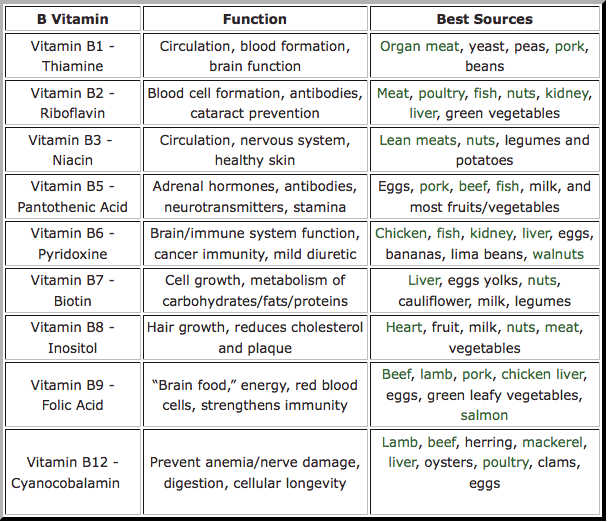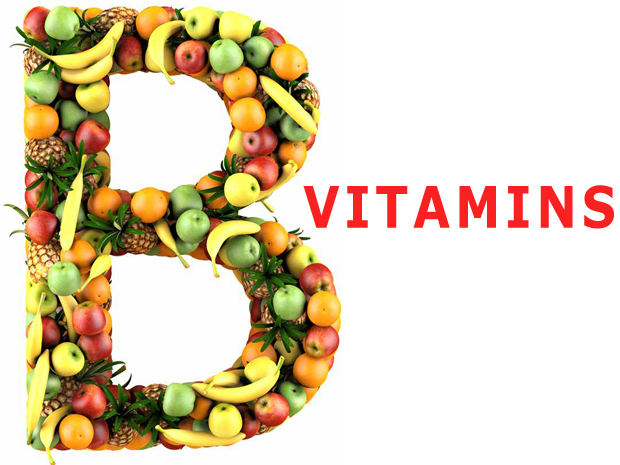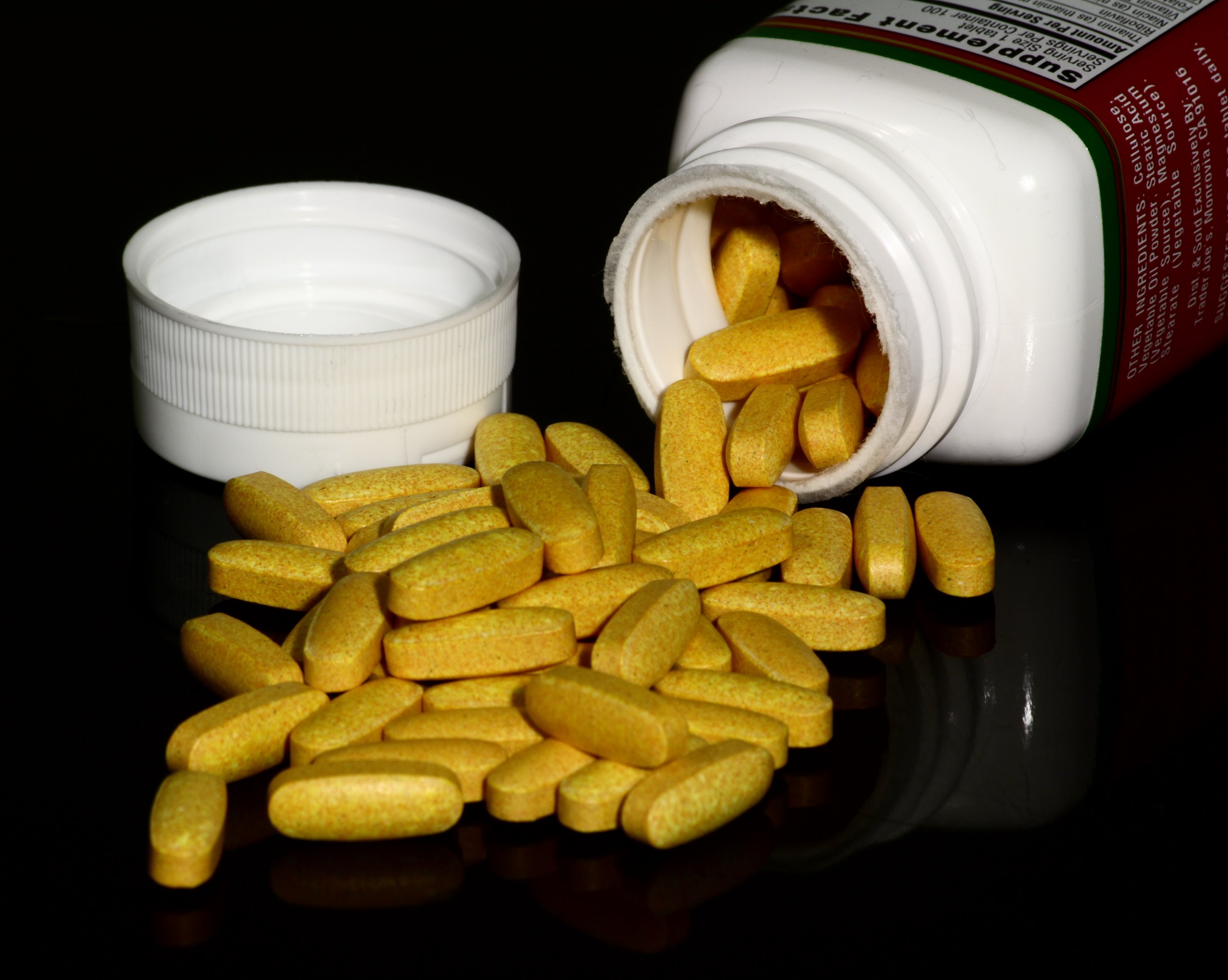B vitamins
Vitamin B is a group of vitamins, vitamins are combined into eight, all of which serve as precursors of coenzymes. The numbering is not continuous, because, the vitamin effect could not be confirmed in many substances that originally were considered vitamins. The vitamins of the B group thus are not a coherent class dar. There are chemically and pharmacologically completely different substances.
The B vitamins are found in animal and plant foods available (eg in fish, liver products, dairy products, broccoli, spinach or kale ). One exception is vitamin B12, which is hardly found in vegetable foods, but can be stored in contrast to all other water-soluble vitamins in the body.
The individual B vitamins
- Vitamin B1 thiamine. It consists of two heterocyclic rings, a pyrimidine ring and a thiazole ring, which are connected to one another by a methylene group. The active form of vitamin B1 is thiamine (also thiamine pyrophosphate, TPP), which participates ( active aldehyde groups) as a coenzyme in transferring hydroxyalkyl residues. The main reactions of this type are the oxidative decarboxylation of 2 -oxo acid and the transketolase reaction in the hexose monophosphate pathway. Thiamine was discovered about 100 years ago as the first vitamin. A deficiency in vitamin B1 leads to beriberi, a disease which is characterized by neurological disorders, congestive heart failure, and muscle atrophy. It can also cause Korsakoff's syndrome, a frequently observed in alcoholics form of amnesia ( memory disturbance ).
- Vitamin B2 is riboflavin.
- Vitamin B3, vitamin P, is nicotinic acid ( niacin).
- Vitamin B4 is the synthesizable by the human body vitamin-like substance choline, which has previously and erroneously been considered a vitamin and was referred to as B4
- Vitamin B5 is pantothenic acid.
- Vitamin B6 is a collective name for pyridoxine, pyridoxamine and pyridoxal. The active form of these compounds is pyridoxal phosphate, the coenzyme of the most important amino acid metabolism. Almost all conversion reactions of amino acids require pyridoxal phosphate, including transamination, decarboxylation, dehydration, inter alia, also glycogen phosphorylase, an enzyme of glycogen degradation, pyridoxal phosphate as a cofactor. A vitamin deficiency is rare.
- Vitamin B7, also Vitamin H Biotin.
- Vitamin B9, also Vitamin B11 or folic acid or vitamin M is folate.
- Vitamin B12 is cobalamin. It is one of the most complex small-molecule natural products. The core of the molecule forms a tetrapyrrole system ( corrin ) with a cobalt ion as the central atom. Vitamin is synthesized exclusively by micro-organisms. It is found especially in liver, meat, eggs, milk and algae, on the other hand hardly in plant products ( deposits ). Although the intestinal flora of human colon synthesized vitamin B12, which, however, at this point can not be absorbed and is excreted worthless. Thus, strict vegans should make the vitamin artificial and checked its value at regular intervals. Cobalamin can only be absorbed in the small intestine when the stomach lining is secreted the so-called intrinsic factor, a glycoprotein which cobalamin ( the extrinsic factor) binds to, and thereby protects against degradation. In the blood is the vitamin to a particular protein, the transcobalamin bound. The liver can store vitamin B12 in amounts sufficient for several months. A deficiency of vitamin B12 is usually based on the absence of intrinsic factor and thus triggered malabsorption. The result is a disruption of blood formation, the so-called pernicious anemia. Derivatives of cobalamin are involved in animal metabolism especially in rearrangement reactions. They act as a coenzyme, for example, the conversion of methylmalonyl -CoA to succinyl-CoA, and the formation of methionine from homocysteine. In prokaryotes cobalamin derivatives interact with in the reduction of ribonucleotides.
- Vitamin B15 is a vitamin- like substance called Natriumpangamat. It is the sodium salt of pangamic acid. Natriumpangamat was only calculated earlier to vitamins. The physiological mechanisms of action are not clear. Natriumpangamat place under the trade name OYO use for alleged improving cell oxygenation and the removal of defects.










